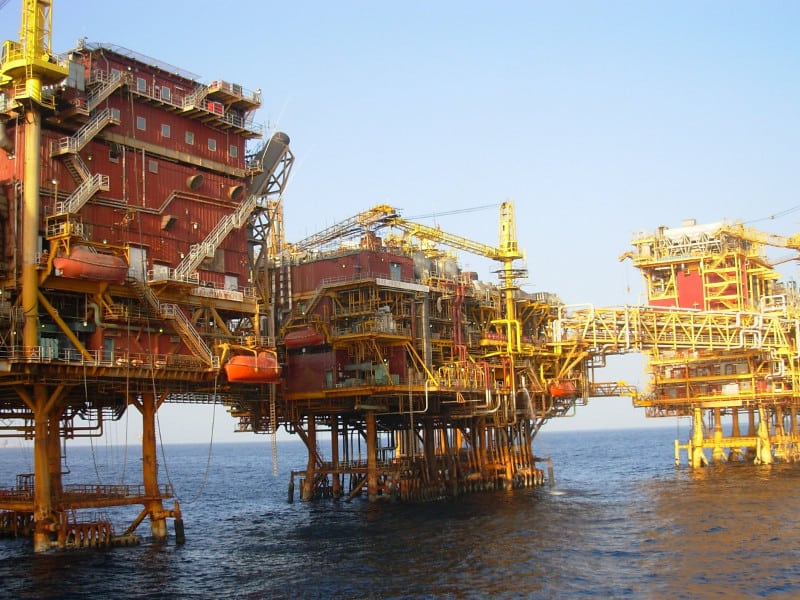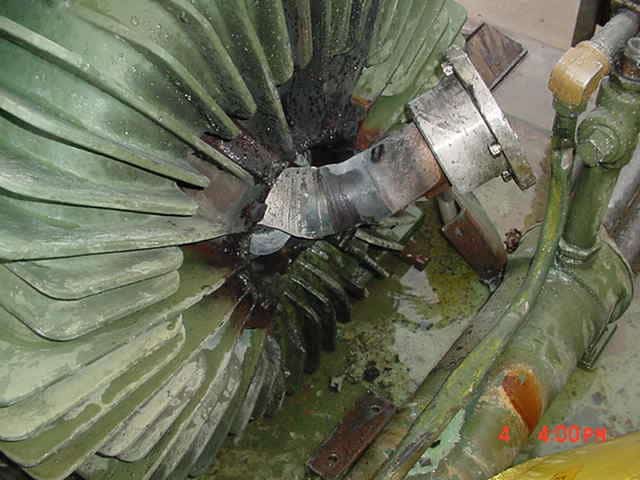Remembering an Accident: The Mumbai High North Platform

In trying to rescue an injured crew member, the Mumbai High North Platform encountered monsoon rains and high winds, subsequently leading to a disastrous gas leak.
On July 27, 2005, 22 people died in the Mumbai High North rig disaster in the Arabian Sea, around 160km west of Mumbai. India’s state-owned Oil and Natural Gas Corporation (ONGC) operated the Mumbai High North rig, one of the producing platforms on the Mumbai High field. The rig caught fire after a collision with the multipurpose support vessel Samudra Suraksha.
Strong ocean swells pushed the vessel towards the platform. When the vessel’s stern hit the rig, it ruptured one or more of the platform’s gas export risers. The resultant gas leakage ignited, burning the rig and damaging the vessel as well as the Noble Charlie Yester jack-up rig that drilled nearby.
The accident caused a large oil spill, negating production of 120,000 barrels of oil and 4.4 million cubic meters of gas per day. ONGC opened a new platform at Mumbai High North in October 2012.
Source: Offshore Technology, “The Mumbai High North Platform Disaster.”
Circumstances can crop up anywhere at any time if proper and safe sequence and procedures are not planned and followed. We encourage you to learn and use the TapRooT® System to find and fix problems.
TapRooT® has a team of investigators and instructors with years of extensive training ready to offer assistance worldwide. We also offer ongoing support to our clients through free newsletters and root cause tip videos, the root cause analysis blog, and our annual Global TapRooT® Summit.
Register for one of our TapRooT® courses. We offer a basic 2-day course and an advanced 5-day course. Contact us or call 865.539.2139 about having a course at your site or for further root cause analysis opportunities. We’re here to find solutions for you.
You may also call us at 865.539.2139 to speak to an instructor, schedule an executive briefing, or book on-site training for your team.



